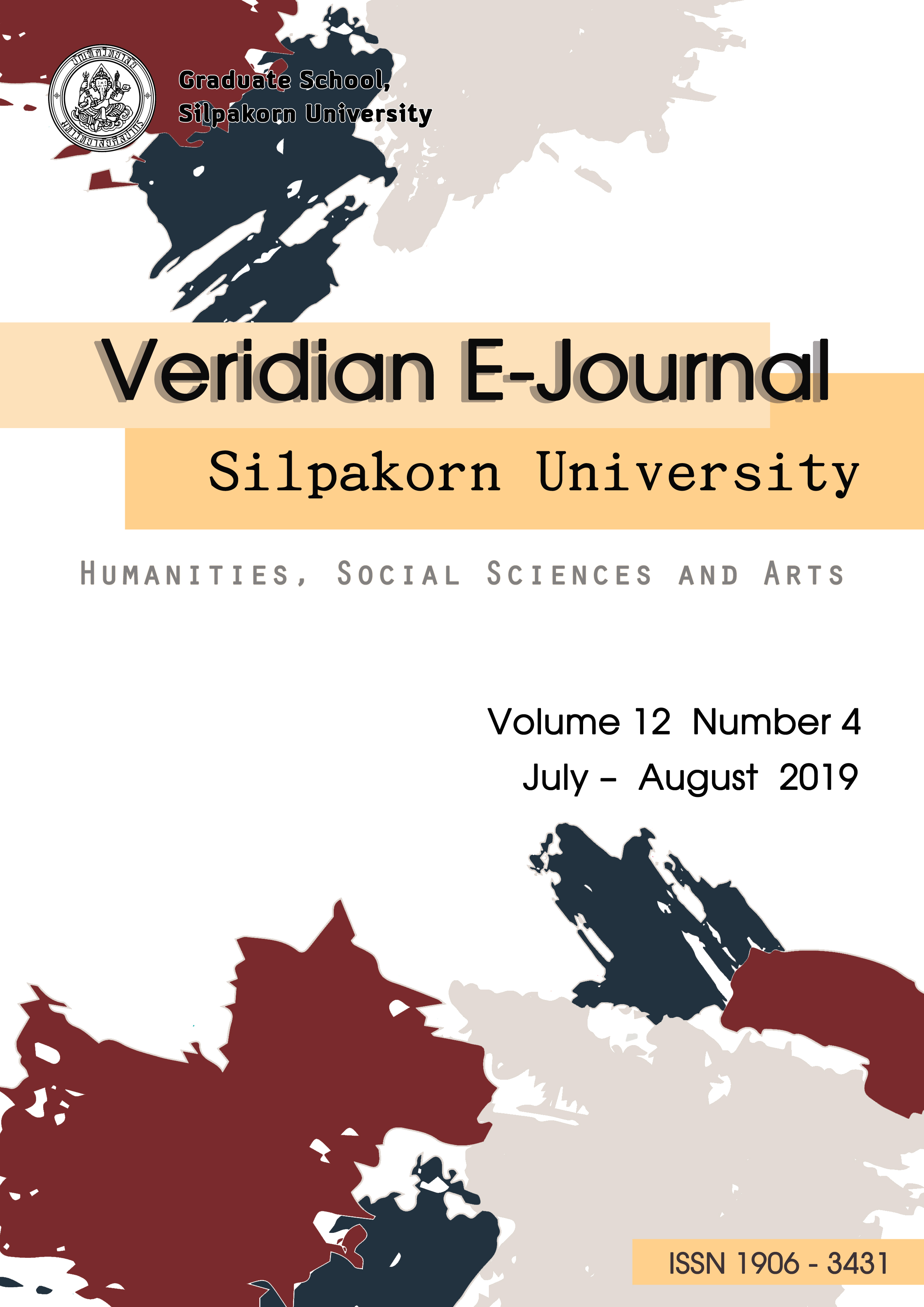การศึกษาวิธีการสื่อความหมายว่า “ทำให้” ในภาษาจีนและภาษาไทยผ่านมุมมอง งานแปลจีน-ไทย: กรณีศึกษางานแปลจากวารสารสถาบันขงจื่อ (A Study of Causative Expression in Chinese and Thai through the Perspective of Chinese-Thai Translated Works: A Case Study of Translated Works from Confucius Institute Journal)
Main Article Content
Abstract
All languages comprises causative expressions even though they have different patterns of communication. This research was conducted by using contrastive analysis of causative expressions in Chinese and Thai, the language belonging to the same family as Chinese. Using linguistic typology, the researcher aimed to investigate distinctive features of Chinese causative expressions from the collection of phrases and sentences from a variety of translated works from Chinese to Thai and Thai to Chinese. The findings showed that both Chinese and Thai causative expressions had analytic and “mixed” patterns. It was also revealed that Chinese had three ways of forming causative verbs, including a) words developing from adjectives, b) new words deriving from suffixes, and c) two-syllable words from “verb + result of the verb” pattern.
